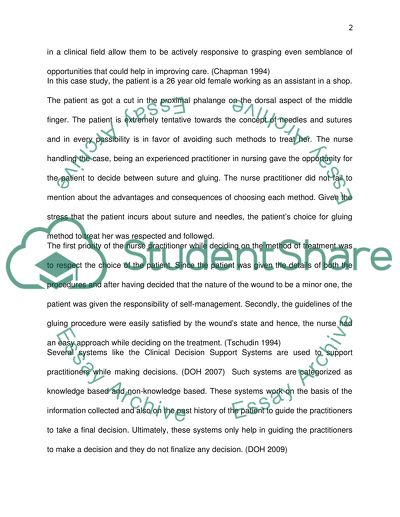Cite this document
(“Using a case example analyse a decision made by a nurse in the Essay”, n.d.)
Retrieved from https://studentshare.org/nursing/1406623-using-a-case-example-analyse-a-decision-made-by-a
Retrieved from https://studentshare.org/nursing/1406623-using-a-case-example-analyse-a-decision-made-by-a
(Using a Case Example Analyse a Decision Made by a Nurse in the Essay)
https://studentshare.org/nursing/1406623-using-a-case-example-analyse-a-decision-made-by-a.
https://studentshare.org/nursing/1406623-using-a-case-example-analyse-a-decision-made-by-a.
“Using a Case Example Analyse a Decision Made by a Nurse in the Essay”, n.d. https://studentshare.org/nursing/1406623-using-a-case-example-analyse-a-decision-made-by-a.


